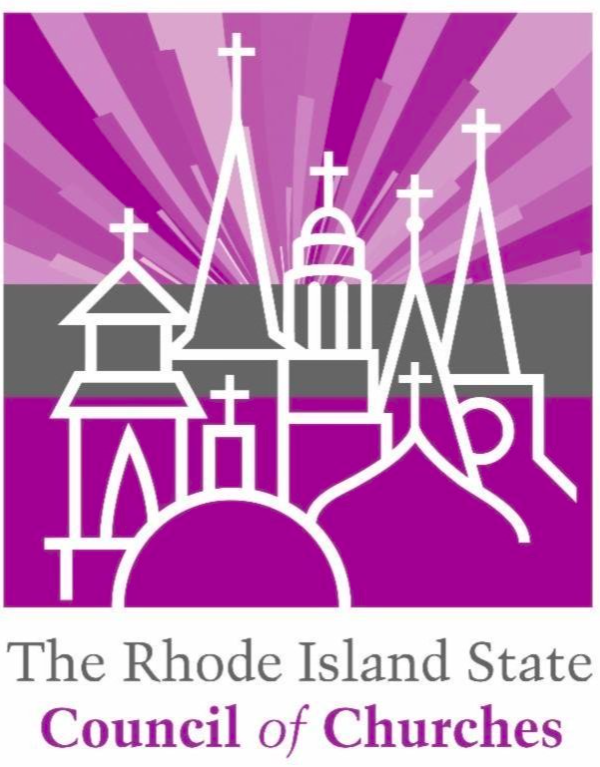The First Baptist Church in America, founded by Roger Williams in 1638 is celebrating the present building’s 250th anniversary in October. It is the oldest Baptist church in America, constructed between 1774 and 1775.
When Roger Williams first showed up in Rhode Island in 1636 after his banishment from Massachusetts, he held religious services in his home for about a year before forming a Baptist congregation in 1638. For the next sixty years there was no formal church building and services continued to be held in homes or, if the weather was good, out of doors. These early Baptists resisted what they considered the “vanity” of a designated place of worship. Eventually they gave in, recognizing the practicality of building one, but they borrowed the severely plain style of the structure from the Quakers.
In 1700, Pardon Tillinghast erected a 400 square ft meeting house near the intersection of Smith and
North Main Streets and donated the building and the land to the church in 1711. A second meeting house of 1600 square feet was built on a nearby lot in 1736. The third and final meeting house that we see today was a big departure from the two earlier structures.
The third church was the largest building project ever undertaken in New England at the time. It benefitted from the labor of out-of-work ship carpenters whose livelihoods had been cut short by the Boston Tea Party in 1773. The design of the building by Joseph Brown owes much to British architect James Gibbs’ Book of Architecture (1728). It has similarities, though uses wood rather than stone, with his design for St. Martin’s in the Fields in London. Although it has a relatively plain interior and eschews stained glass, it looks more like an Anglican church than the earlier Baptist structures. This was due to a movement among Baptists in the main urban areas of Boston, New York, Philadelphia and Newport to bring more recognition and respectability to Baptists.
~ Ruth Maris Macaulay
To celebrate the building’s 250th anniversary on the weekend of October 11-12 (the weekend closest to Roger Williams’ banishment from Massachusetts for spreading “newe & dangerous opinions,”) there will be tours of the meeting house, speakers and music.
The speakers will include the following:
Saturday October 11
10:00 AM John McNiff, former park ranger and historic re-enactor, as Roger Williams
11:00 AM C. Morgan Grefe, executive director of the Rhode Island Historical Society, traces the footsteps of Roger Williams from England to New England
12 Noon J. Stanley Lemons, emeritus professor of history at Rhode Island College and church historian, speaking on uses of the Meeting House
12:30 PM Andrew Grover (and Roger Williams descendent) RI Brick Artist
1:00 PM Lorén Spears, educator, essayist, artist, and two-term Tribal Councilwoman of the Narragansett Tribe is Executive Director of the Tomaquag Museum and Charlotte Carrington-Farmer, professor of history at Roger Williams University, in conversation on religious liberty and its implications historically and in the current day
2:00 PM Sarah Jane Lapp, the artist behind two new paintings of the Meetinghouse turned into puzzles.
3:00 PM Charlotte Carrington-Farmer on Mary Williams
*Tours, exhibition, and music throughout the day
Sunday October 12 at 11 am
Rev. Janet Cooper-Nelson, Chaplain of Brown University (retired) will bring the message.
Roger Williams Family Association
Minister of Music Stephen Martorella and the Choir of The First Baptist Church in America
Proteus String Quartet
Music will include:
Jonathan Strum “We Built This House”
Peter Fiore “ Terribilis est Locus ist”
With the FBCIA choir and Minister of Music Stephen Martorella.
All events are open and free to the public.












